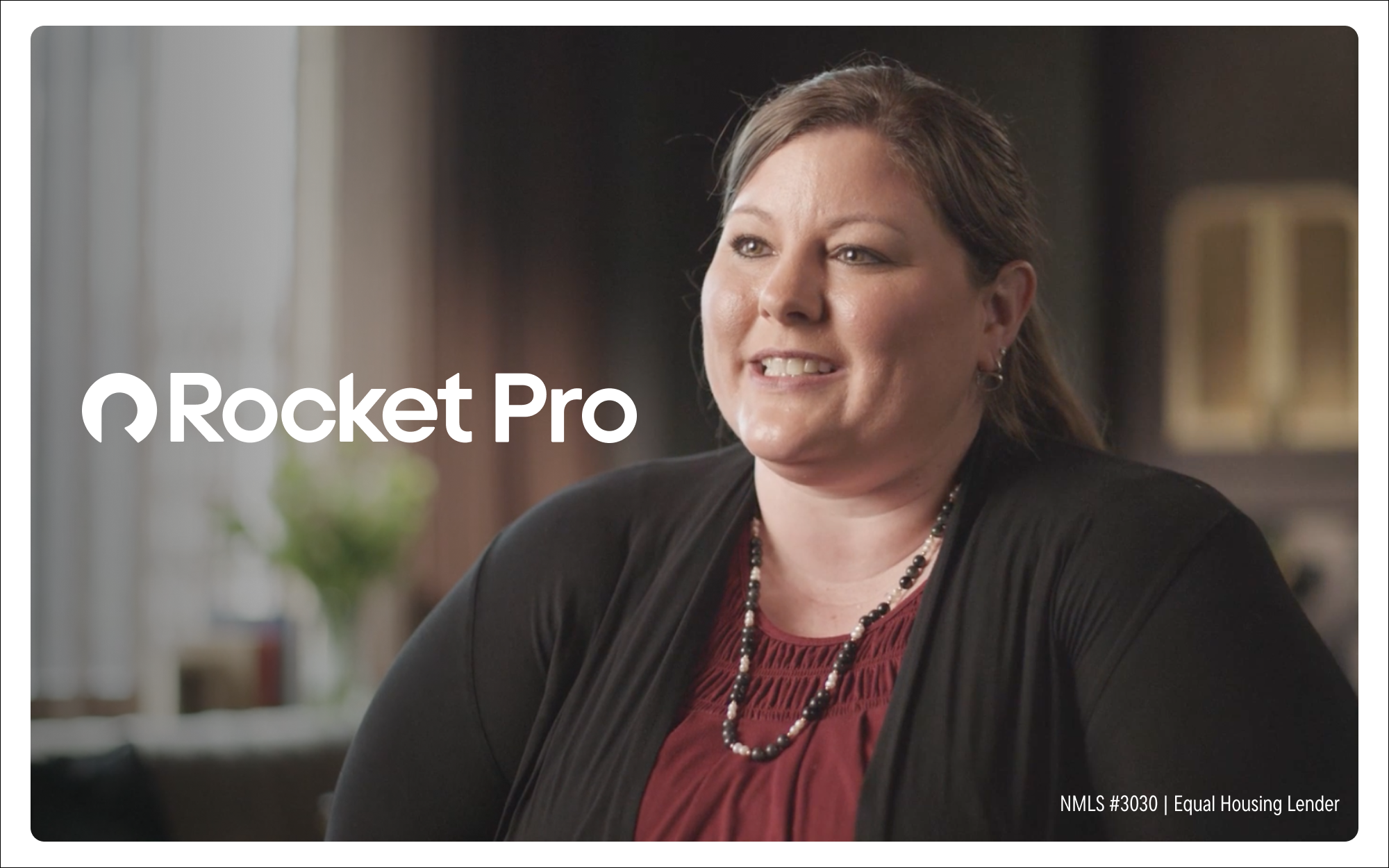Community banks take on a large amount of risk when it comes to construction lending. But by doing their due diligence, applying the right strategies and connecting with their customers, banks can achieve profitability while reducing risk.
Smart Strategies for Community Bank Construction Lending
June 05, 2023 / By Beth Mattson-Teig
Community banks take on a large amount of risk when it comes to construction lending. But by doing their due diligence, applying the right strategies and connecting with their customers, banks can achieve profitability while reducing risk.
Construction loans can be one of the most profitable lending products on a bank’s balance sheet—but they can also be the riskiest. For some community banks, making one mistake on a big construction loan could potentially wipe out their construction lending revenue for an entire year.
“Out of all the different areas of lending, construction lending is where community banks can truly stand out and compete."—Tom Floyd, MainStreet Bank
Smart construction lending strategies focus on both sides of the coin, managing risk while optimizing profitability.
“Out of all the different areas of lending, construction lending is where community banks can truly stand out and compete if they are disciplined, customer-focused and knowledgeable about the intricacies of the construction process,” says Tom Floyd, senior vice president and chief lending officer at MainStreet Bank in Fairfax, Va.

Construction lending across both residential and commercial real estate projects is a key focus for this $2 billion‑asset community bank. As of year-end 2022, construction loans represented nearly a quarter of MainStreet Bank’s $1.6 billion loan portfolio.
MainStreet Bank’s approach to construction lending focuses on fundamentals such as fast and responsive customer service. Even if the answer is going to be ‘no’ on a certain question or issue, it’s important to give that answer quickly, notes Floyd.
“All of those things that result in providing better service will translate to the bank being able to price your loans more favorably for the bank, because people pay for service,” he says.
For example, if there are any issues getting draws processed, it’s important to get those resolved fast so that money can be disbursed. The bank down the street may be offering a construction loan at a rate that is 50 basis points lower, but if they can’t get the draws processed in a timely manner, that is a big negative for a builder. Delays might mean they can’t pay their subcontractor, or they can’t complete a material order, which can push back the completion date and affect a builder’s bottom line.
Mixed fortunes for construction in 2023
-24.2%
Decline in single-family home starts in 2023
-23.8%
Decline in multifamily starts in 2023
+13.7%
Increase in spending on nonresidential construction in 2023
Sources: Fannie Mae Housing Forecast Feb. 2023, AIA Consensus Construction Forecast, Jan. 2023
“Good service from the bank is a very compelling reason for a builder to pay a premium, because it reduces their market risk and they have less overall interest expense,” says Floyd. He adds that service helps to strengthen relationships with borrowers, which generates both repeat business and referrals.
How to build a competitive advantage
Community banks are finding that strong service coupled with a local presence can give them a competitive advantage in the construction lending market. Oftentimes, a community bank lender knows the borrower, the builder and the project’s location, all of which can help to make a project more successful, notes Ron Haynie, ICBA’s senior vice president of housing finance policy.
“One of the reasons construction loans are a great community bank product is it’s hard to do these loans when you’re 1,000 miles away,” he adds. “You need to be there. You need to be able to drive out to the site and see the construction going on.”
Banks have seen a nice boost in the profitability of their construction loans over the past year. The variable rate loans rode the rising tide created by Fed rate hikes. Banks are also applying additional strategies on top of rising rates to optimize the profitability of those loans.
On the residential side, one of the best ways to boost profitability is offering a construction-to-perm loan product versus just originating a 12-month construction loan. It offers benefits to the consumer in terms of being able to manage interest rate risk, and in most cases, they only have to qualify for one loan with one closing fee. It is structured as an interest-only loan during the construction period, and then it automatically converts to an amortizing permanent loan. The lender now has an asset that has significantly more value. The bank can sell that loan to Fannie Mae or Freddie Mac and collect a fee, or it can hold that loan in its own portfolio.
There are several different technologies that can create efficiencies in processes, as well as tools that can help banks optimize profitability. “It’s important for banks to understand the structure of a [consumer] construction loan as it relates to profitability so that they have a good idea of their return on investment in that asset,” says Shannon Faries, director of risk management at Land Gorilla, a construction loan management software provider.
The company developed a Weighted Average Yield (WAY) calculator to assist with that assessment. It captures information such as the lender’s cost of funds, the borrowing rate during construction, origination income, amortizing interest at completion and gain on sale.
“A [consumer] construction loan is an asset, and the picture that we like to paint for our clients is to really understand the value of the asset,” says Faries. That assessment also helps to determine if a loan is priced appropriately relative to the risk.
Getting projects to the finish line
The biggest risk for a consumer construction loan is failure to complete. “If you don’t get the house built, what you get back is a non-saleable asset,” Faries says. “That is a big problem.”
The number one reason for failure to complete is the builder or the general contractor. Due to liability reasons, it’s never the lender’s role to approve a borrower’s choice of a builder or contractor, cautions Faries. However, it is important to conduct due diligence on a builder’s background and experience to either accept or decline the borrower’s selection.
Some examples of questions a lender should ask the builder as part of that due diligence include:
What is the structure of the business?
Who is the primary owner of the general contracting company?
Who is the qualifying partner for the general contractor’s license?
Does the builder have adequate general liability insurance as well as worker’s comp coverage for its employees?
A second reason a project can fail is that the budget isn’t sufficient to cover the costs. It is important for the lender to conduct a project feasibility analysis, which in some cases is a simple review of the construction contract and project budget to make sure it makes sense and all of the numbers add up.
“You would be shocked to see how often our [risk analysis] group reviews the budget and discovers in the analysis that they’re missing things like doors and windows,” Faries says. The analysts at Land Gorilla make a point to count the number of windows in the building plan to make sure that the line item in the budget for windows is reasonable based on the building plan.
The recent period of runaway inflation and soaring construction costs highlighted the importance of having a good contingency reserve to make sure a project has adequate financing. “Every construction-to-perm loan should include a line item for a contingency reserve account that is owned by the borrower,” says Faries. That helps to protect the borrower and the lender from unknowns that occur during the construction period that could affect the cost.
Avidia Bank in Hudson, Mass., offers a construction-to-perm loan product with financing that is based on the to-be-completed value of the home. The biggest risk is that construction is either not completed or it’s not built according to the original plan.

“Those risks are mitigated by our underwriting process,” notes Don Frost, CFP, executive vice president, consumer banking at $2.5 billion-asset Avidia Bank. As part of that process, its lenders make sure that there are signed contracts between the buyer and the builder, and the community bank conducts due diligence on the builder that includes making sure the builder is properly licensed and insured.
Having draws as construction progresses also helps to mitigate the risks. Avidia Bank will lend up to 80% of the land value on day one, but it doesn’t give out disbursements until certain work is completed. “We track internally how projects are progressing,” Frost says. “Within a certain period of time from the closing, for example, we would expect the foundation to be poured.”
In addition, there is typically an inspection process after certain steps are completed before funds are released. Avidia Bank might have as many as 20 disbursements on the schedule on the construction loan for a new single-family home. “We like to have a lot of disbursements on the schedule, because we feel that mitigates the risk as well and helps to keep the project moving,” Frost adds.
Navigating credit and market risks
First Citizens Bank in Mason City, Iowa, has deep roots in agriculture lending that it has diversified with both residential and commercial construction lending. The bank also engages in participation loans with other community banks on funding larger loan commitments, which creates lending opportunities outside of its footprint in northern Iowa.
One of the ways that the $1.6 billion-asset community bank manages loan risk is to make sure it understands the credit basics. The pandemic exacerbated inflation, the supply chain and material costs. “We’re migrating back to the basics to make sure we understand what projects we’re getting into up front, identifying those risks early and making sure we understand them in our underwriting risks,” says Kevin Meyer, chief credit officer at First Citizens. The bank also makes sure it understands who it’s doing business with in terms of the builder, general contractor and subcontractors involved with a project.
Over the past year, First Citizens Bank has also added staff to increase its focus on concentration analysis and risk analysis within the portfolio. “That has really opened doors for us to know what we have and where we’re going,” Meyer says.
That analysis involves looking at how much of the portfolio is in active construction, how much has ramped up into cash flow and how much is now stabilized assets as that loan moves through its lifecycle. “So, we’ve really tried to focus in on where our loan portfolio is at today and where we see it going in the future, whether it is organic or loan participations,” he adds.
Construction loan risk is often magnified on larger-dollar multifamily and commercial real estate construction loans. In addition to underwriting the borrower and/or developer or general contractor doing the work and project feasibility, lenders proving loans to commercial real estate and apartment developers are paying close attention to local market conditions and how different property sectors are performing.


Community banks are also crunching the numbers to make sure numbers pencil out on new construction projects. “Just as it’s harder for our equity partners to make the deals work with their underwriting, we’re tightening up our requirements in terms of lower LTVs, higher debt service coverage ratios, stronger guarantees and bigger escrows,” says Rachael Brown, commercial real estate director at The Bank of Tampa, a $3.4 billion-asset bank in Tampa, Fla. Banks don’t want to end up in a position where the loan can’t be taken out because of the rate environment or because cash flows on the project aren’t strong enough, she adds.
Although banks are keenly focused on both managing risk and optimizing profitability, not everyone views the two equally.
“Generally, the best advice is to make sure that you’re doing what’s right for your bank, your clients and your community."—Rachael Brown, the Bank of Tampa
“As a community bank, it’s easy to sit and look at what everyone that’s bigger than you is doing and say, ‘XYZ bank is doing this, that and the other, so we should get into that space, too.’ That’s not always the best solution,” says Brown. “Generally, the best advice is to make sure that you’re doing what’s right for your bank, your clients and your community, and not just following what everyone else is doing.”
ICBA is working to improve TRID disclosures
Consumer construction loans are not like other consumer credit products, and lenders often have the tough job of explaining those nuances and complexities to their customers.
“Community banks do an excellent job of explaining construction loans and working with the borrower so they understand what’s happening,” says Ron Haynie, senior vice president of housing finance policy for ICBA.
And there are plenty of issues to explain, such as how that loan balance grows as money is disbursed. Or in the case of a construction-to-perm loan, when does it roll to a permanent loan, and at what rate?
One of the hurdles for bankers has been fitting construction loans into TILA-RESPA Integrated Disclosure rules that were originally designed for purchase and refi mortgages. ICBA, in conjunction with key industry partners, has been advocating for the Consumer Financial Protection Bureau (CFPB) to modify those TRID rules related to consumer construction and construction-to-perm loans.
“If the process is easier from a compliance standpoint and a consumer standpoint, we believe that will encourage more community banks to make consumer construction and construction-to-permanent loans, and ultimately, that would help the housing situation in this country,” Haynie says.
The goal is to make TRID rules more robust and provide more clarity for a consumer who is doing a construction loan or construction-to-permanent loan. Specifically, the proposal would modify the current Loan Estimate and Closing Disclosure. If approved by the CFPB, the disclosures would include improved construction phase details, a construction cost breakdown and enhanced disclosures regarding the consumer’s permanent loan financing.
ICBA hopes to get permission from the CFPB in the first half of this year that would allow it to move forward with a pilot project to test modified TRID rules with a group of community banks.
Subscribe now
Sign up for the Independent Banker newsletter to receive twice-monthly emails about new issues and must-read content you might have missed.
Sponsored Content
Featured Webinars
Join ICBA Community
Interested in discussing this and other topics? Network with and learn from your peers with the app designed for community bankers.
Subscribe Today
Sign up for Independent Banker eNews to receive twice-monthly emails that alert you when a new issue drops and highlight must-read content you might have missed.
News Watch Today

Join the Conversation with ICBA Community
ICBA Community is an online platform led by community bankers to foster connections, collaborations, and discussions on industry news, best practices, and regulations, while promoting networking, mentorship, and member feedback to guide future initiatives.













